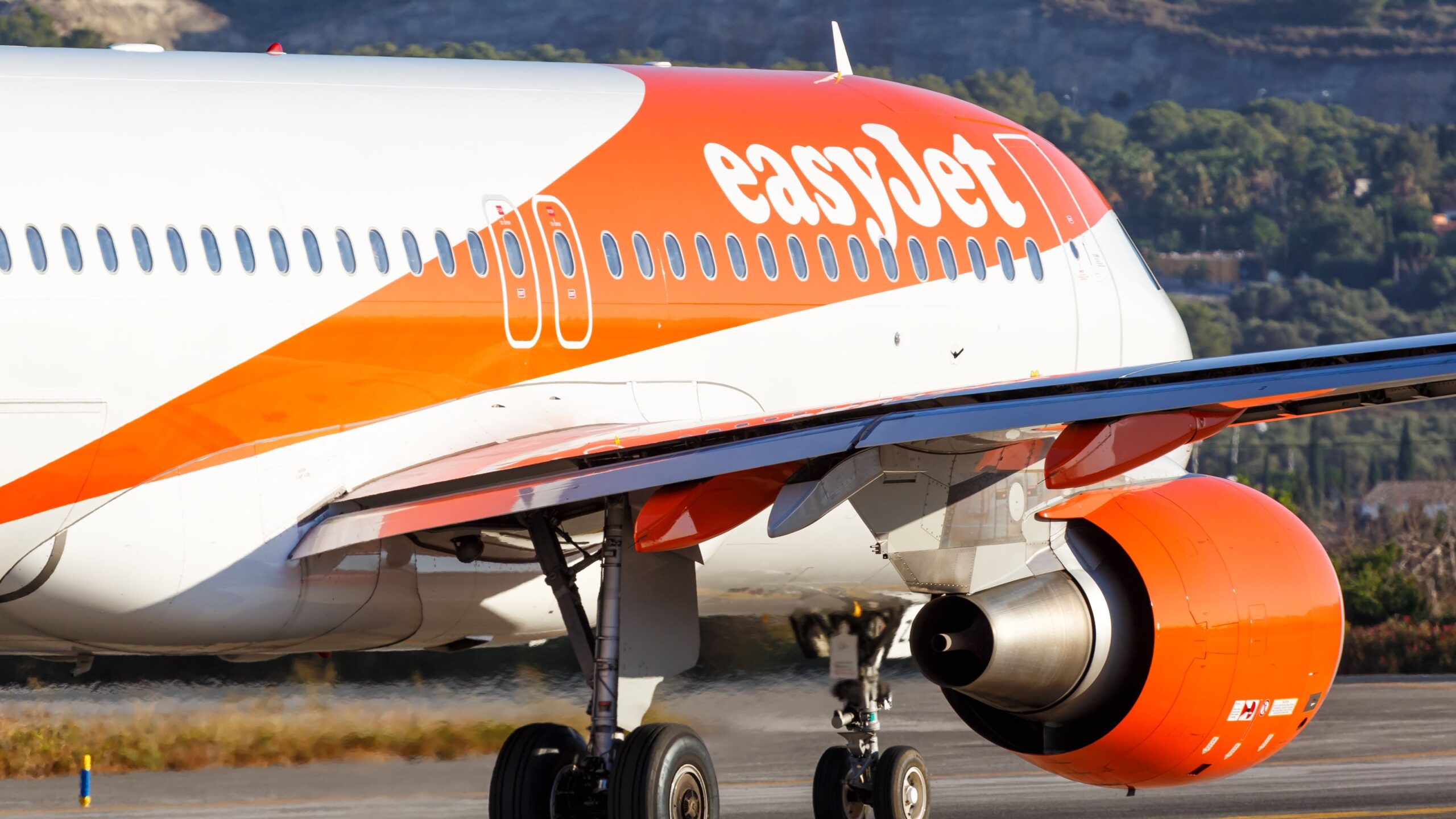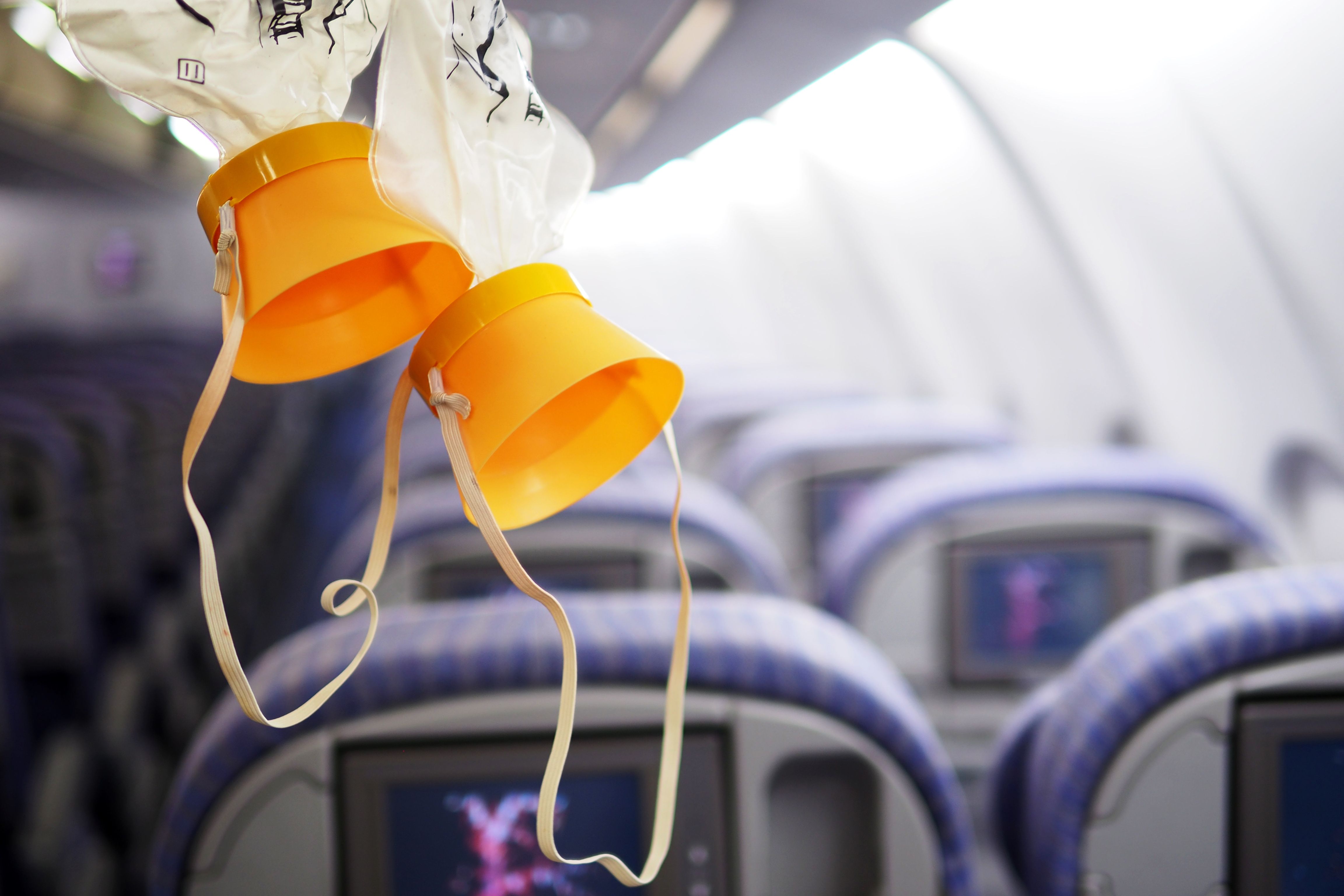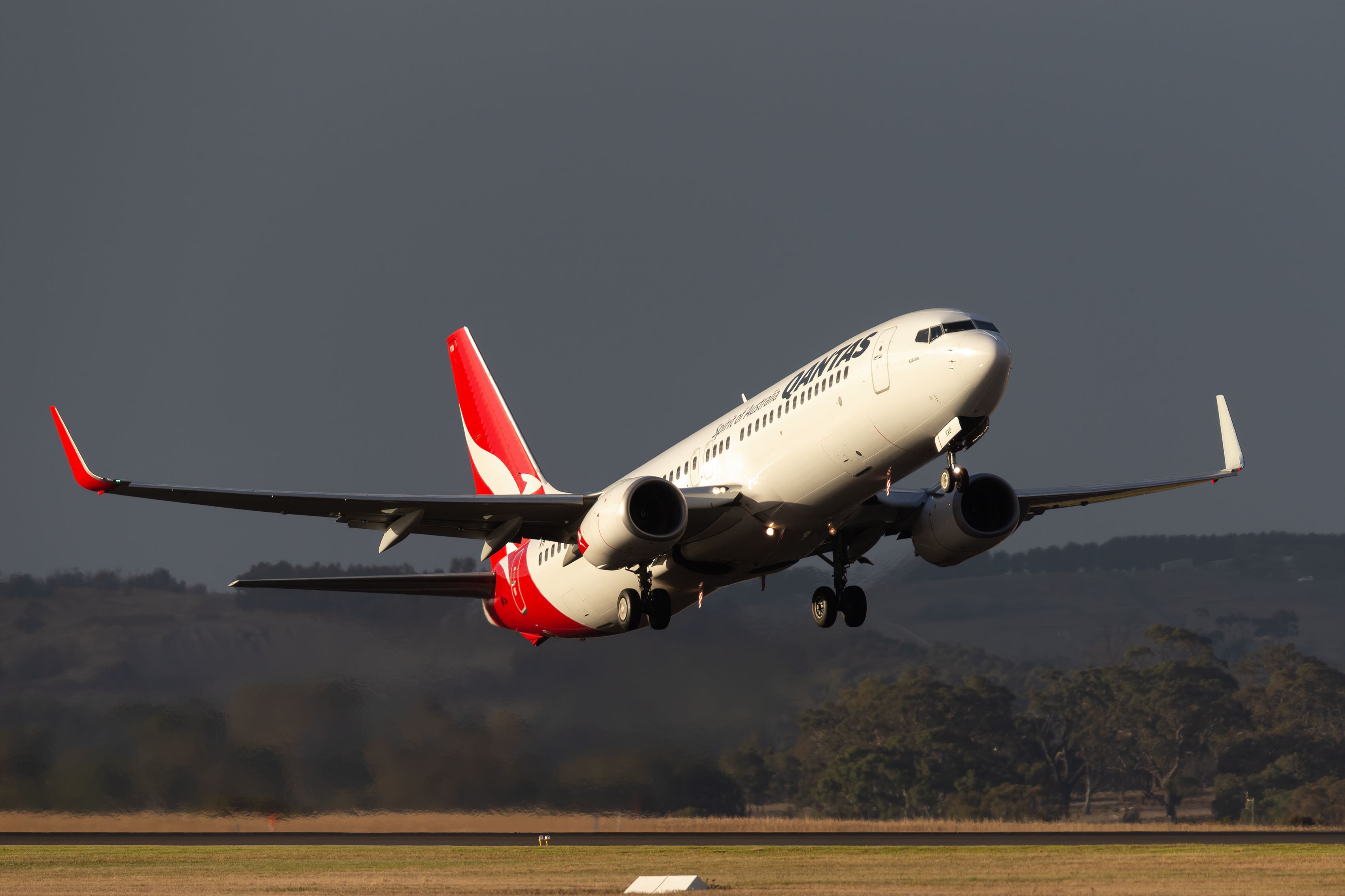In the last few months, an increasing number of flights have been diverted due to foul odors being reported within the cabin
. While many airlines have a ‘signature smell’, overpowering chlorine or other foul odors are certainly not one of them.
Not smelling great
While onboard your next flight, your airline could spray its signature smell to evoke a pleasant feeling and ensure the right start to your trip. However, some recent travelers have experienced unidentified odors traveling through the cabin, which can lead to a less-than-perfect experience onboard. Usually, when these instances occur, the pilot and crew make necessary arrangements to either divert or return the aircraft to its departure point.
Photo: litabit | Shutterstock
Most frequently, the smell you may experience onboard is due to condensation that comes from the evaporator inside the aircraft heating and cooling system. Basically, if water is collected from the air, it could sit too long and create a musty smell. Other more serious factors that can lead to foul odors or fumes onboard are coming from the aircraft’s mechanics, such as engine oil, hydraulic fluid, anti-icing fluid, or other hazardous chemicals.
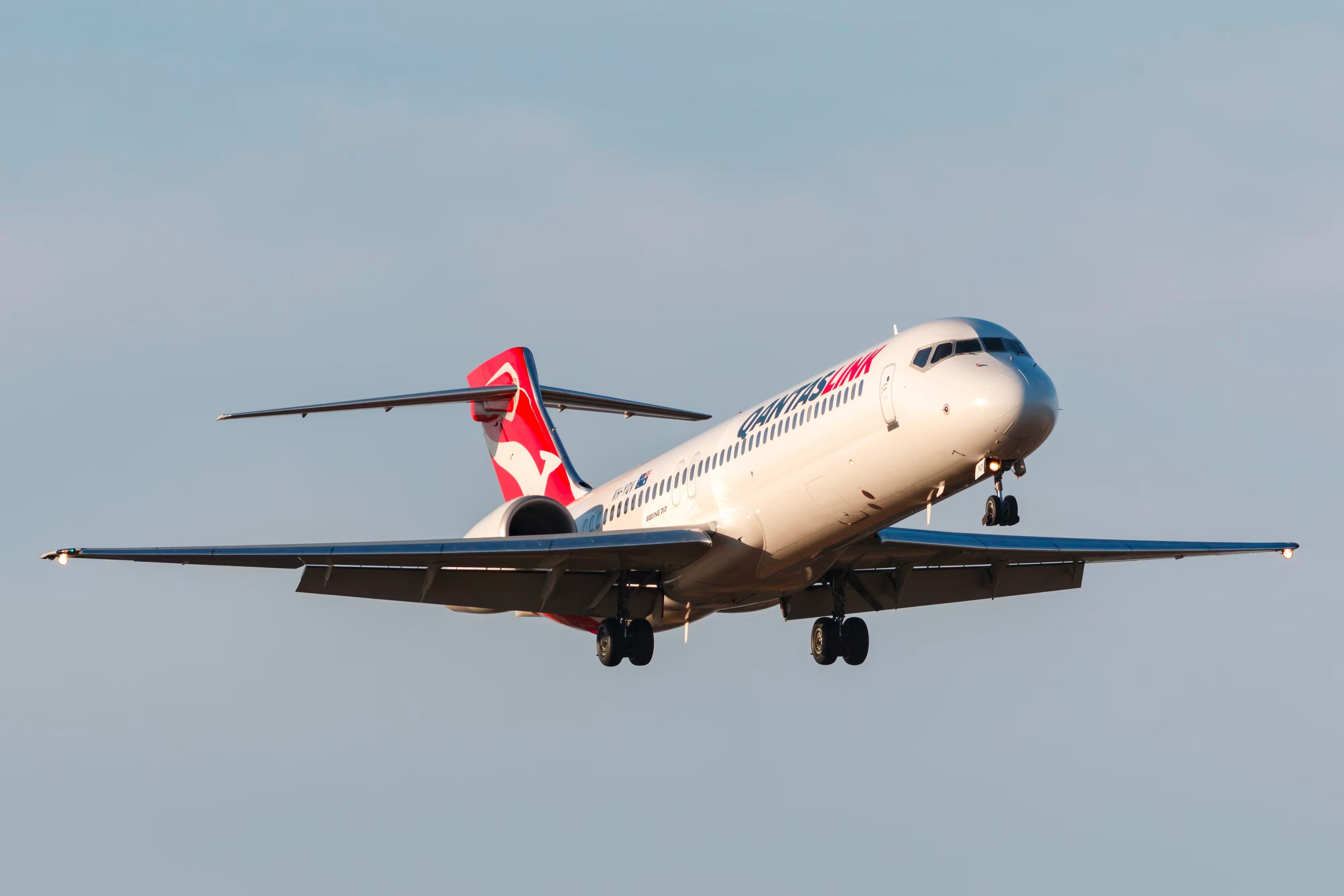
Related
What Happened On Flight QF1541: A Chlorine Odor Left Boeing 717 Pilots Nearly Incapacitated
54 passengers and five crew were able to land safely.
Recent incidents encountering foul odors onboard
With a recent string of incidents where passengers have reported foul odors on flights all over the world, Simple Flying decided to look at four flights where passengers were left feeling dizzy, nausea, or unwell simply due to a strange odor that had perforated the aircraft:
EasyJet U2 8380
On September 29, an easyJet
Europe aircraft operated from London Gatwick to Bordeau. The flight, operated by an Airbus A320-200
, registration OE-IJV, had been climbing to its cruising altitude since departing Gatwick, where it abandoned the accent due to smoke and fumes in the cockpit. The flight returned to the London airport around 25 minutes after departure. Passengers had reported a fume event and smoke in the cockpit. Passengers were rebooked onto a replacement flight the next day.
Photo: Ryan Fletcher | Shutterstock
Qantas QF-163
Down under, Qantas passengers onboard one of the airline’s narrowbody Boeing 737-800 aircraft, registration VH-XZL, were traveling from Sydney, Australia, to Wellington Airport
, New Zealand. 144 passengers were onboard, and as the flight was around 400 nautical miles southeast of Sydney, the crew decided to return to base after encountering an unusual smell onboard. Upon arrival, a crew member was taken to the hospital for further assessment but was released. The cause of the odor remains unclear.
Lufthansa LH-418
Also in Europe, passengers onboard a ![]() Lufthansa
Lufthansa
transatlantic flight from Frankfurt to Washington Dulles International Airport
had departed on an Airbus A340-600 (registration D-AIHF). The flight had been over the skies of the Netherlands when the cabin crew announced they would need to return to Frankfurt due to an unidentified smell onboard, causing discomfort for some passengers. The flight was cleared to re-depart, and passengers arrived in the US capital around 9 hours behind schedule.
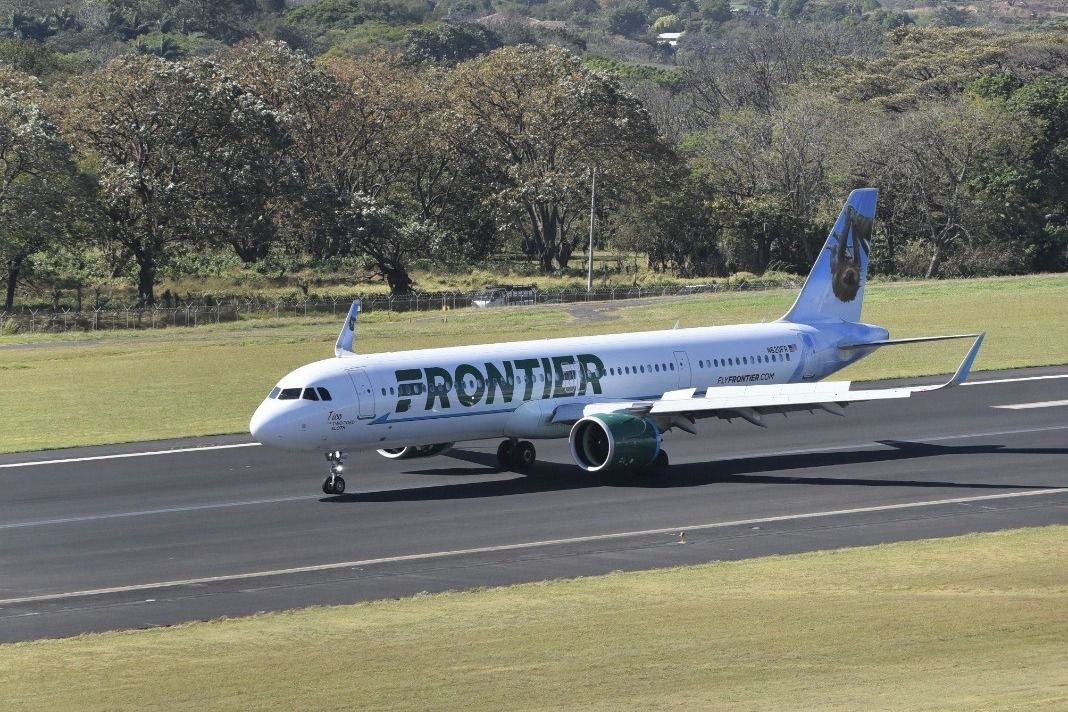
Related
“Strong Odor” Prompts Passengers On Frontier Airlines Airbus A321neo To Evacuate
The aircraft is expected to re-enter service on Sunday.
Safety first
While the causes of odors experienced onboard may come from various sources, they can sometimes be linked to cargo
stored below or exhaust fumes when the aircraft is pushing back from the gate. Regardless, airlines must take all necessary steps to ensure that the health and safety of all onboard is paramount.

